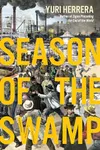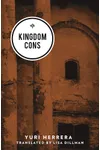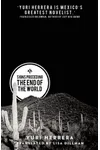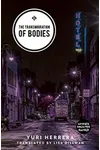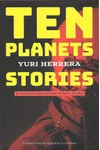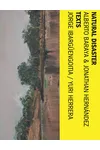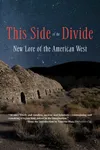Picture a Mexican storyteller who turned the gritty realities of borders and identity into poetic myths—meet Yuri Herrera! With his razor-sharp prose and genre-defying novels, Herrera has carved a unique space in contemporary literature. His breakout work, Signs Preceding the End of the World, landed on The Guardian’s list of the 100 Best Books of the 21st Century, blending migration tales with Aztec mythology in a way that feels both timeless and urgent.
Born in Actopan, Mexico, in 1970, Herrera’s journey from political scientist to literary star is as captivating as his stories. Now a professor at Tulane University, he’s not just writing—he’s inspiring a new wave of writers to push boundaries.
The Making of Yuri Herrera
Growing up in Actopan, a small town in Hidalgo, Herrera soaked up the rhythms of Mexican life, from bustling markets to quiet myths. He studied political science at the National Autonomous University of Mexico, but his heart leaned toward storytelling. After earning a master’s in creative writing at the University of Texas, El Paso, and a Ph.D. in Hispanic literature at UC Berkeley, he honed a style that marries street slang with poetic precision. His early career included editing the literary magazine El Perro, a nod to his knack for sniffing out bold voices.
Yuri Herrera’s Unforgettable Stories
Herrera’s novels are compact yet explosive, each one a deep dive into borders—geographic, cultural, and personal. His debut, Kingdom Cons (2004), follows a street musician sucked into a drug lord’s world, inspired by the chaos of Ciudad Juárez. It snagged the Premio Binacional de Novela Joven and was hailed by Mexican literary icon Elena Poniatowska as a gateway to “the golden gate of Mexican literature.”
Signs Preceding the End of the World (2009) is his masterpiece, a mythic journey of a young woman, Makina, crossing the U.S.-Mexico border to find her brother. Infused with Aztec underworld imagery and translated by Lisa Dillman, it won the 2016 Best Translated Book Award and drew comparisons to Homer’s Odyssey. The Transmigration of Bodies (2013) blends noir with post-apocalyptic vibes, tackling violence and disease in a borderland standoff. His latest, Season of the Swamp (2024), imagines Benito Juárez’s exile in 1850s New Orleans, weaving history with Herrera’s signature linguistic flair.
Herrera’s style is a tightrope walk: sparse yet vivid, blending highbrow lyricism with gritty slang. He sidesteps naming real cities, letting his settings feel universal yet hauntingly specific. Themes of migration, power, and identity pulse through his work, making every page a political act wrapped in poetic prose.
Why Yuri Herrera Matters
Herrera’s impact lies in his ability to make the personal universal. His stories don’t just depict the U.S.-Mexico border; they explore the borders we all navigate—between languages, cultures, and selves. Critics like Francisco Goldman call him Mexico’s greatest novelist, praising his “poetic narratives” that hit like “a single perfect punch.” At Tulane, he shapes young writers, while his books, translated into multiple languages, resonate globally, from Berlin’s Anna Seghers Prize to The Guardian’s best-of lists.
By rooting his work in Aztec mythology and contemporary struggles, Herrera redefines Mexican literature, giving voice to the marginalized and challenging readers to rethink borders. His stories are a call to empathy, urging us to see the humanity in every journey.
- Born: 1970, Actopan, Mexico
- Key Works: Kingdom Cons, Signs Preceding the End of the World, The Transmigration of Bodies, Season of the Swamp
- Awards: 2016 Best Translated Book Award, Anna Seghers Prize
Snag Signs Preceding the End of the World and dive into Yuri Herrera’s mythic, border-crossing brilliance!
